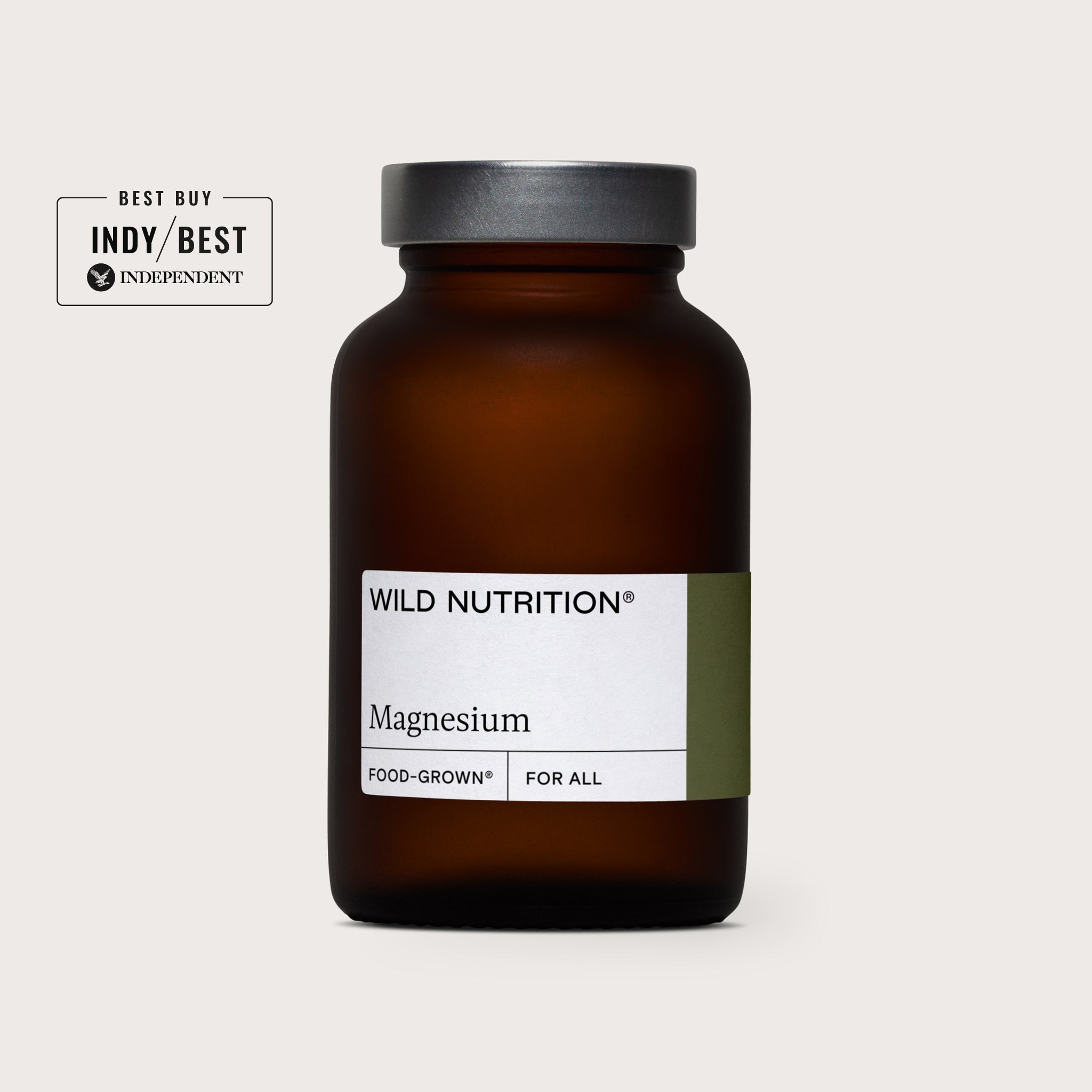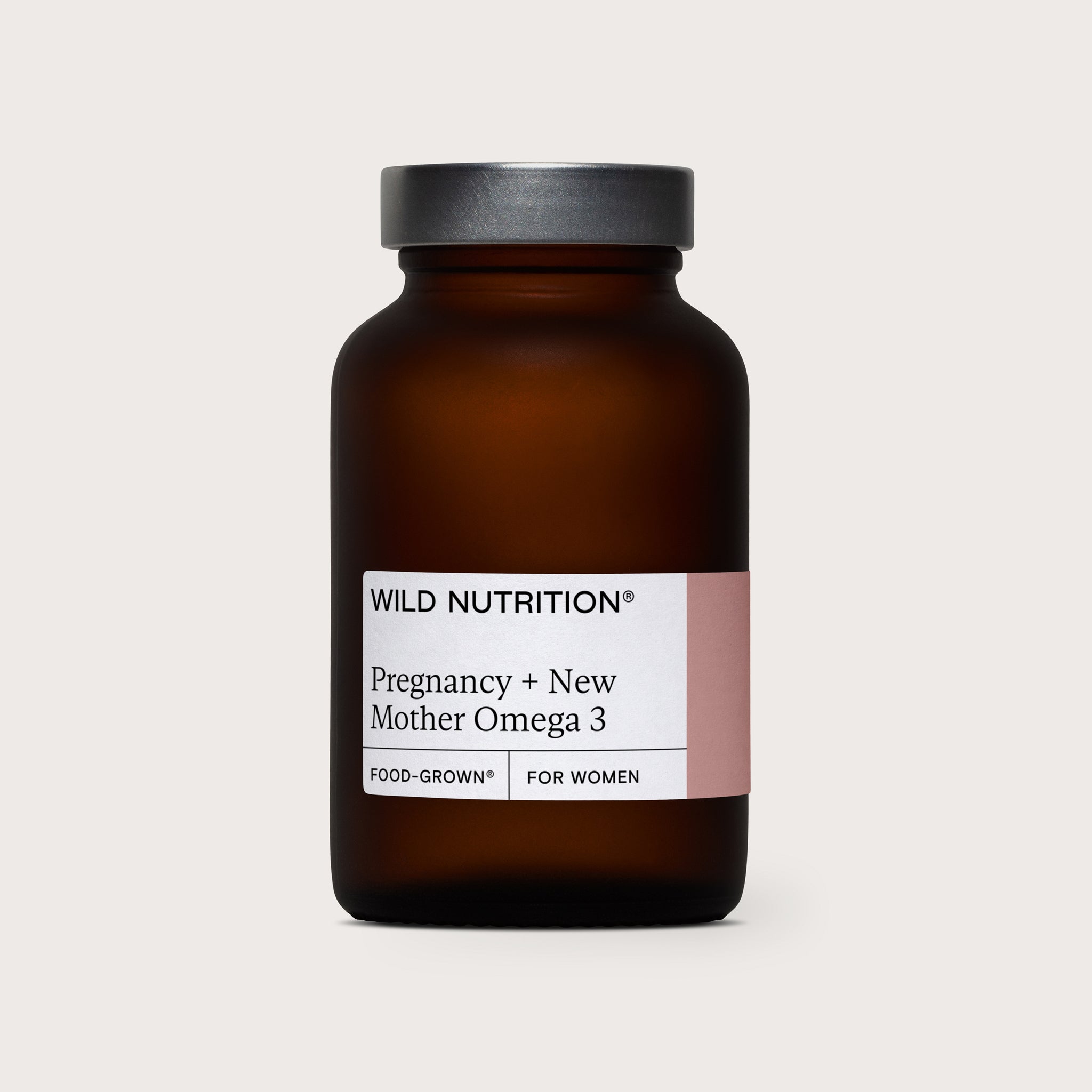
Five autumnal nutrition principles
As the seasons change, so can your plate. Discover five simple autumnal nutrition principles to help you eat well, feel nourished, and embrace the season.
By Isabelle Nunn, Head of Nutrition at Wild Nutrition
Seeking inspiration for making the seasonal cooking switch this autumn? Look no further. Our Head of Nutrition shares her top recommendations with simple, nutritious and delicious adjustments.
Head to the frozen aisle
You don’t have to spend a fortune to feel good and keep your immune system fit and healthy. Frozen fruit and veg like berries, peas, carrots and broccoli are all cost-effective additions for delicious fibre-rich meals to also support your microbial diversity.
Experiment with herbs & spices
Warming herbs and spices in soups and stews can support circulation and digestion. Ginger, rosemary, garlic, turmeric and cumin are all great go-tos. I always recommend whole herbs and spices rather than ground as they release their flavours slowly.
Break out the blender
Autumn is often the time to get out the hand blender or repurpose the blender from smoothies to soups. A great autumnal go-to includes our watercress & spinach soup recipe. It’s nutrient-dense, comforting, warming and ideal for batch freezing.
Switch to slow cooking
Slow cookers cook food at a low temperature, and as a result, nutrients remain more stable. Try recipes that incorporate seasonal vegetables, poultry, beans and legumes to make warming stews and soups for sustained energy and nourishment. Broths are also ideal for nourishing not only the gut, but also your bones, cartilage and skin.
Remember your roots
Root vegetables are abundant in both number and phytonutrients. Sweet potatoes and squashes are not only mineral-dense, providing brilliant immune support, but also rich in carotenoids that repair skin damage caused by the change in climate.
For more seasonal cooking inspiration, enjoy the art of slow cooking, discover five tips for autumnal foraging or read our guide to seasonal eating.












